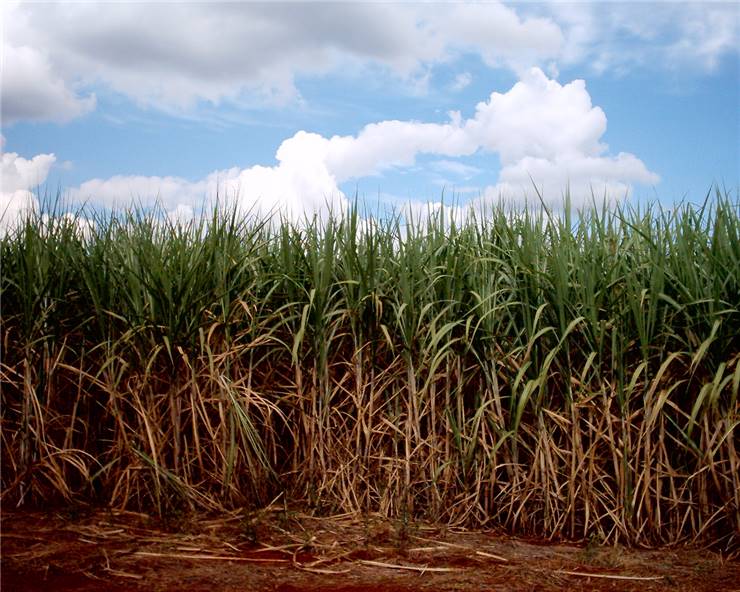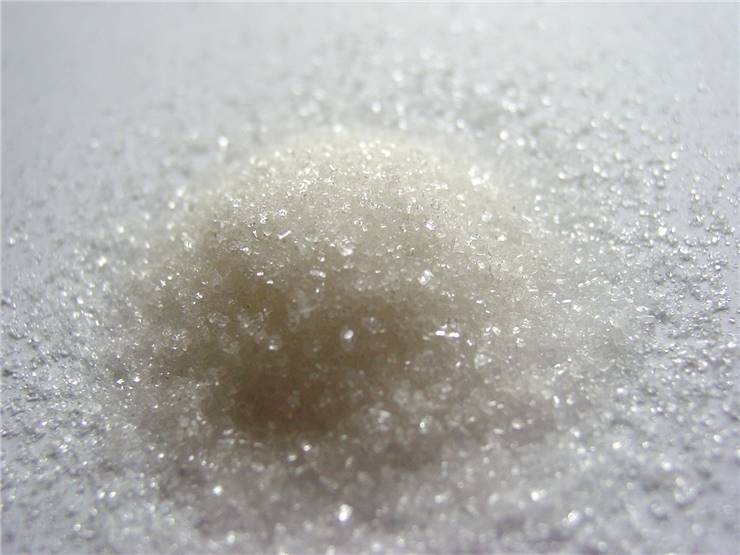History of Sugar
History of the world is filled with culinary ingredients that had great impact on our civilizations, development of sciences, and global socio-economic status. One of the most impactful of them was sugar, high end “fine spice” of the Asia and Middle East, who was responsible not only for large changes in our diets, but also as a starting point in the development of large European trading fleers in early Renaissance and propagating of African slaves around the world between 17th and 19th century that allowed sugar to finally become bulk commodity that is used by everyone.
Such important food ingredient really deserves deep and insightful recap of its history, and here you can find out everything about it. When we lookat the journey of the sugar from its birthplace in India to the modern day popularity, we can see five distinct stages of its life:

Early Sugarcane cultivation
Sugar is a substance filled with natural sweet ingredients that pack high concentration of calories and flavors that can greatly enrich our food and calm our emotions and mood swings. Because of that, early human civilizations tried to find and cultivate plants and fruits that had the most amount of sugar in them. First ones who managed to find that plant were civilizations from New Guinea, who some 10 thousand years ago successfully domesticated, sugarcane. Their knowledge of this incredible plant slowly moved across Southeast Asia, southern China, until it reached India, which was home of the first organized sugar production.
India and its perfect climate for sugarcane plantations used sugar in several distinct forms. First they used simple techniques of chewing sugarcane in an attempt to get to the sweet fluids filled with sweet Sucrose, but around 350AD they managed to devise a way to crystalize it in a more portable form. With this exclusive “sweet spice”, India started its profitable trade with surrounding countries, spreading the knowledge about sugar production wherever they went, on sea trading ships or by land caravans to the Middle East or China. Both of those areas quickly learned everything to know about sugar, and adopted it into their cuisine and culture. By 650AD china had theirplantations of sugarcane.
Medieval Era and Sugar
If we ignore one short interaction between the Alexander the Great and Indian sugar in 300BC (his soldiers returned home bringing “honey powder”), Europe did not have access to sugar from the formation of its civilizations and countries in ancient times all up to crusades. In all that period Sugar was exclusively found only in India, China and Middle East where Muslim chemist managed to improve its manufacturing process substantially. During the age of Arab Agricultural Revolution they adopted sugar into their cuisine, making with it incredible sweet products that were revered by everyone who came in contact to them.
One of the most important contacts that they have come during crusades, when warriors from many western European countries went to the Holy Land. After the end of their campaigns, they brought to Europe very expensive “sweet salt” which sparked interests of many rulers and high-class citizens. This led to the slow expansion of traders toward the east, most notably, formation of few European settlements in the Middle East by Venetians. Because sugar could be made only after very labor intensive period in both growing and processing, it maintained hits high price after Venetian, Italian and Spanish traders managed to transport it back to Europe.
14th and 15th century saw the rise of the European made sugar, but because of labor intensive work, it was grown primarily by slaves in Cyprus and Kingdom of Castile (Valencia), and European workers in Andalusia, Algarve and Madeira (Portugal).
Sugar in the New World
From the moment European settlers came into Caribbean, Central and South America, they noticed that these newfound lands could be perfect for the growth of sugarcane. Island of Hispaniola (modern day Cuba) started its sugar production as early as 1501, and Brazil managed to expand to over 2800 sugarcane mills in the coastal areas, Santa Catarina Island, Demarara and Surinam. This unprecedented need for the production of such high number of sugar mills forced the development of new industrial processes and increase in iron manufacturing, which was one of the key steps in enabling the start of the 17th century Industrial Revolution. By mid 1600s sugar production spread all across Spanish, French and Dutch lands in the New World, bringing drop of its price and enabling it to finally became available on the tables of the poorer Europeans.
As sugar production started increasing in North American colonies held by the French and the British, need for acquiring new workforce brought the age of slavery. As work on the sugarcane field was hard and very dangerous, high mortality rate caused death of over 3 million Native American and African slaves. Since the beginning of the slave trade, lands of British West Indies imported over 4 million slaves from Africa, but only 400 thousand managed to survive after slavery was abolished in British Empire (including colonies) in 1838.
High influx of slaves made Caribbean the largest worldwide producer of sugar. Low prices of sugar from Guadaloupe, Barbados, Jamaica and Saint-Domingue (modern day Haiti) caused the end of the sugar trade between Europe and India in 18th century. During this time, sugar became enormously popular in the Europe, even managing to surpass grains by its popularity and value. New foods such as jams, coffee, tea, cocoa, candy, processed foods and many other caused great changes in European and north American diets. By the end of 18th century, prices of sugar dropped to such levels that it became available to everyone, everywhere in the world.

Introduction of Beet sugar
History of sugar manufacture changed forever in late 18th century when German scientists and chemist Andreas Marggraf identified sucrose in beet root, and Franz Achard built fist sugar beet processing factory in modern day Poland. Production of sugar from beet did not properly started however until Napoleonic wars, when trade blockades forced Napoleon to start local production of sugar, managing eventually to produce from beet 30% of European sugar.
Mechanization
With great help from industry, 18th century sugar production became more mechanized and efficient, ending the need for hard labor workforce. With the help of steam engine, powered sugar mills started emerging all around the world, enabling workers to produce sugar 24 hours a day.
Discovery of English chemist Edward Charles Howard in 1813 also enabled great improvement in sugar production. His introduction of boiling sugar mass in closed kettles enabled higher yields of sugar and lower production costs. As early as 1820, sugar became treated in multiple-effect evaporator that was designed by American engineer Norbert Rillieux. Final but very important improvement in the process of sugar production came in 1852 when American David Weston introduced mechanical way of separating sugar from molasses in Hawaii.
Modern day sugars and sweeteners
In 20th century, sugars received large competition from artificial sweeteners and high-fructose corn syrup which was developed by Richard O. Marshall and Earl P. Kooi in 1957. This product received several upgrades to its formula, and from 1977 its popularity rose greatly after United States raised sugar import taxes significantly. With abundance of locally produced corn, American manufacturers quickly developed sugar plants, and introduced high-fructose corn syrup in various food products. Even internationally well-known products such as Coca Cola and Pepsi use ordinary sugar in majority of the countries, but in United States they switched to corn high-fructose corn syrup.
Other additives that are commonly used today as a replacement for sugar are Aspartame, Cyclamate, Saccharin, Stevia, Sucralose, and wide variety of natural formed substitutes such as Brazzein, Thaumatin, Curculin, Monellin and others. Some of their advantages are lack of calories (sweetened weight loss food), dental care, diabetes (sweetened food), cost and other factors.


